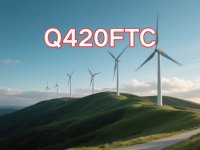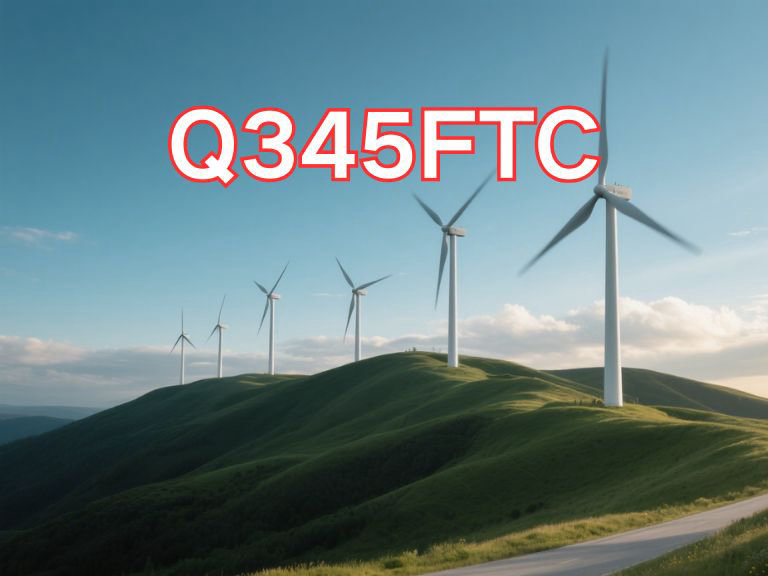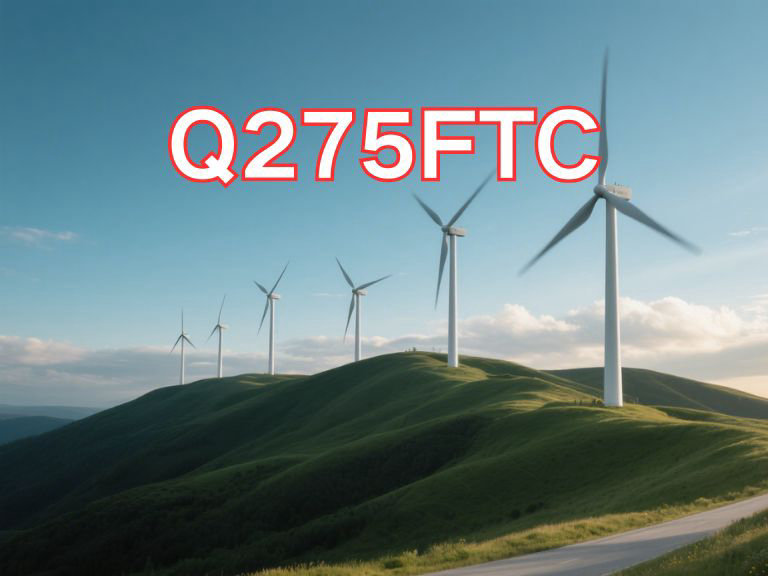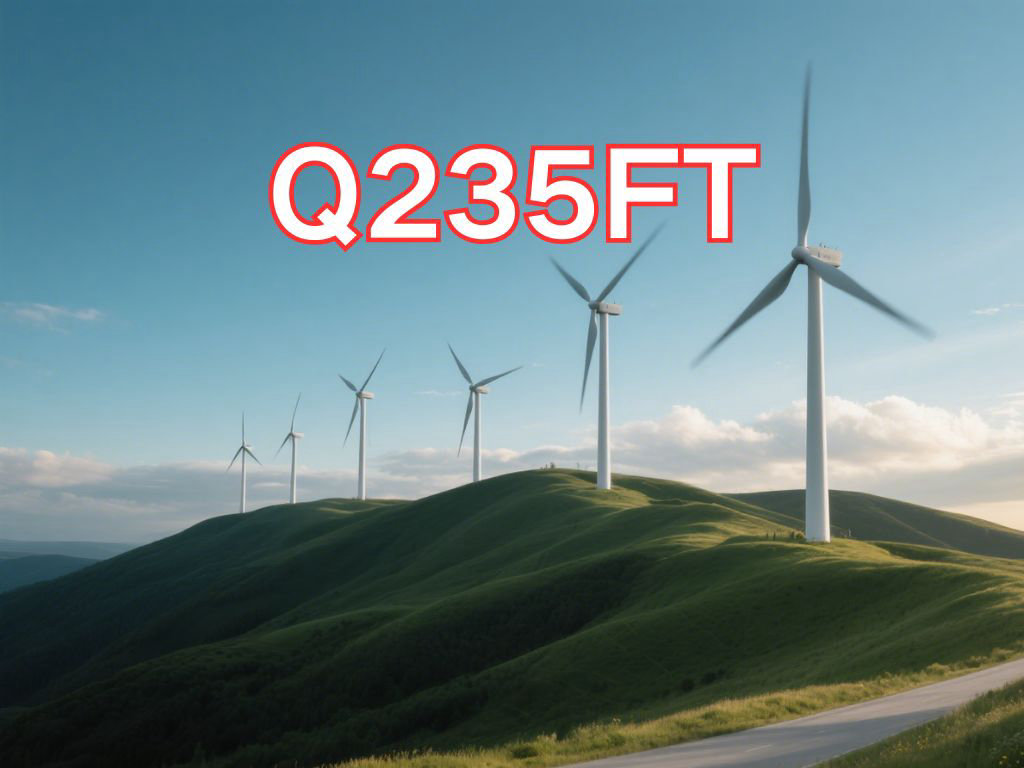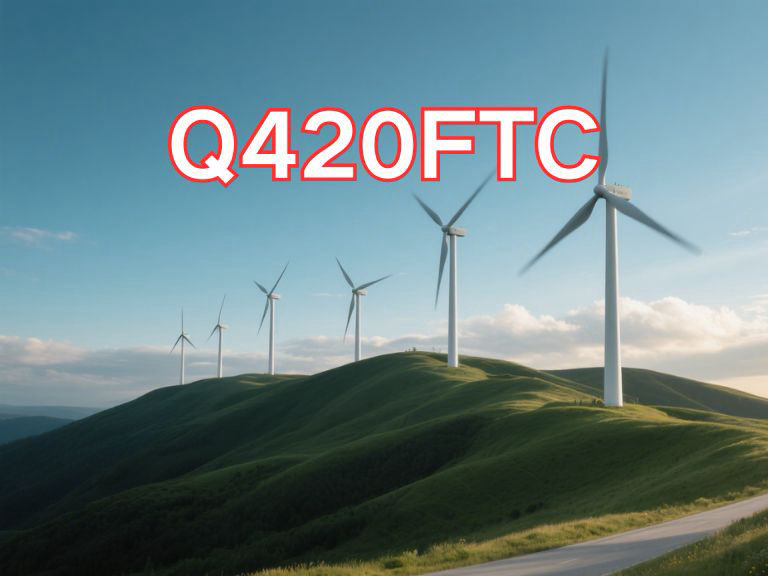

Q420FTC
Q420FTC is a high-strength structural steel plate specifically designed and manufactured for wind turbine towers in China, with its designation strictly conforming to the Chinese national standard GB/T 28410—2012 "Structural steel plate for wind power tower". This standard has been in effect since March 1, 2013, and serves as the core technical specification for tower steel in China's wind power industry.
The designation "Q420FTC" has a clear meaning:
"Q" stands for the first letter of the Chinese pinyin "Qu," representing the yield strength of the steel.
"420" indicates the specified minimum lower yield strength of the steel plate is 420 N/mm² (i.e., 420 MPa), placing it in the high-strength category and suitable for wind turbines with higher load-bearing requirements.
"FT" represents the first letters of the Chinese pinyin "Feng Ta," clearly identifying its dedicated application.
"C" is the quality grade symbol, indicating that the steel plate must undergo Charpy V-notch impact testing at 0°C, with the average absorbed energy (KV2) of three specimens being no less than 47 J, and individual values not falling below 70% of the specified value.
Q420FTC steel plates are primarily used in the fabrication of towers (tower sections) for large-capacity, tall wind turbine generators. As wind turbines trend toward larger sizes and taller towers, traditional Q345-grade steels can no longer fully meet the demands for structural strength and weight reduction. With its higher strength, Q420FTC effectively allows for thinner tower walls, enabling lightweight tower design while ensuring structural safety, thereby reducing overall weight and manufacturing costs. It is particularly suitable for offshore wind projects, high-wind-speed areas, and onshore projects requiring greater hub heights, serving as a key material for enhancing both the performance and economic efficiency of wind turbine systems.
Its main characteristics include:
High Strength: Possesses a high yield strength of 420 MPa and a tensile strength range of 520–680 MPa, significantly outperforming Q345-grade steel, capable of withstanding greater loads.
Good Weldability: Despite its higher strength, the standard ensures excellent welding performance by strictly controlling the carbon equivalent (CEV) (CEV ≤ 0.45% for thickness ≤ 40 mm, ≤ 0.47% for > 40 mm), meeting the welding process requirements for large tower sections.
Good Workability: Typically delivered in hot-rolled or controlled-rolled condition, it offers excellent formability for processes such as tower section rolling and manufacturing.
Specialization and Advancement: Designed specifically to meet the upgraded needs of large-capacity wind power equipment, it represents the trend of high-strength development in wind turbine tower steel.
According to GB/T 28410—2012, the thickness range of Q420FTC steel plates is from 6 mm to 100 mm. The standard also specifies detailed requirements for chemical composition, delivery condition, surface quality, dimensional tolerances, and test methods and rules, ensuring product quality is uniform and controllable. Therefore, Q420FTC is a standardized, high-strength tower steel that aligns with national standards and represents technological advancement in the wind power sector, increasingly being adopted in high-end wind power projects across China and globally.

Ultrasonic Testing (UT)
A key non-destructive testing technique that uses high-frequency sound waves to detect internal flaws in steel plates. The probe emits sound waves, which reflect when encountering defects such as cracks or inclusions. The receiver captures the echoes, enabling precise determination of defect location and size. With high sensitivity, strong penetration, and fast inspection speed, UT effectively ensures internal quality, widely used in the production of heavy plates, pressure vessel plates, and other high-end products to guarantee safety and reliability.

Magnetic Particle Testing (MT)
A common surface inspection method that magnetizes the workpiece, causing leakage magnetic fields at surface or near-surface defects like cracks or inclusions, which attract magnetic particles to form visible indications. Simple to operate and highly sensitive, MT is suitable for rapid inspection of surface and near-surface flaws in ferromagnetic materials, widely used for online or offline inspection of plate edges, ends, and welds, ensuring product quality and safety.

Penetrant Testing (PT)
A non-destructive method for detecting surface-breaking flaws. A penetrant liquid is applied to the cleaned steel surface, allowing it to seep into defects such as cracks or pores. After removing excess penetrant, a developer is applied, causing the trapped penetrant to bleed out and form visible indications. Simple and cost-effective, PT is suitable for inspecting surface defects in various non-porous materials, commonly used for welds, castings, and complex components, effectively ensuring surface quality of steel plates.

